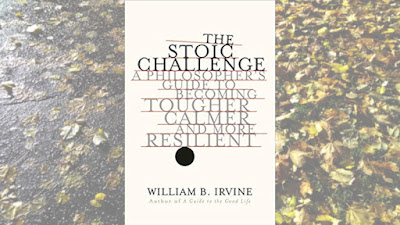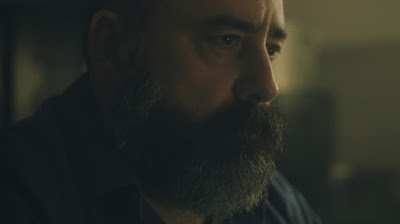Dark Ambient Review: Heterodox
Review By Casey Douglass
A horror unfolding is often a double-whammy. You first have the shock of whatever it is, and then, quite often the insight comes that things are actually far worse than you initially thought. A world fifty years after an alien invasion is just as fascinating as another that is only just being conquered. What horrors will the first generation born during an alien occupation have to accept as normal? This is the kind of realization that Josh Sager’s dark ambient album Heterodox explores, the long-tail effects of the worst kinds of darkness, inspired by the soundtracks of some of the best movies of our era.
Opening track The Plague Doctors is one of my favourites on the album. There is a distant thunder-like sound, one accompanied by an almost jaunty pulsing rhythm. Static looms, with an impression of rain and a metallic squeal or shimmer. I half felt that I was listening to the softened sounds of traffic passing in the street. A ghostly vocal begins, and deeper vibrating tones around the midpoint, before things build to a climax and then slither away. For me, this track could have been a score to a film, one in which the opening scene shows a crowded, rainy pavement, with everyone moving in one direction besides a strange hooded figure that is eerily floating against the flow. A very pleasing and ominous track.
The second track is also one of my favourites: A Dread of Something Abnormal. It begins with a rotating resonance and a thrum surrounded by fuzz. It feels a bit sci-fi, the flares of higher tone leading me to think that this might be what an angel strapped into the large hadron collider might sound like. There are various swells and knockings later, and a buzzing that changed the angel mental image for one that evoked the happenings of The Fly film. This is a floating, roiling and pressurized track, one that reeks of science and technological power plucking at the workings of things that it should probably leave alone.
The final track that I wanted to mention by name is Monsters Make Monsters. This is a different kind of track, opening with echoing piano notes, notes that begin to twist and warp against a growing windy background. As the track continues, there is a low buzz, a swarm-like feel, hinting at massive industry that bodes ill for anyone nearby. The low, vibrating swells of tone and relaxed echoing beat that join confirm this feeling. This is the track where someone is out for a midnight walk and finds a meadow overrun with thousands of strange insects mating in the moonlight. Sinister.
Heterodox is another fine dark ambient album from Josh, one that, as the album description mentions, is a fitting sequel to his earlier release Interlopers. While the previous album felt more “abandoned industrial estate after a catastrophe”, Heterodox for me, lays out a more varied smorgasbord of threat. Some of the tracks suggest desolation, others some kind of lurking danger, and others still, more abstract feelings of delving into the gaps between realities. If you like your dark ambient ominous, technology-infused and desolate, you should check out Heterodox.
Visit the Heterodox page on Bandcamp for more information.
I was given a review copy of this album.
Album Title: Heterodox
Album Artist: Josh Sager
Released: 28 Sept 2021

























